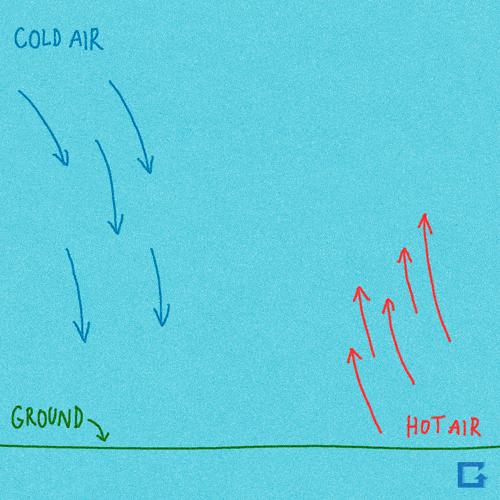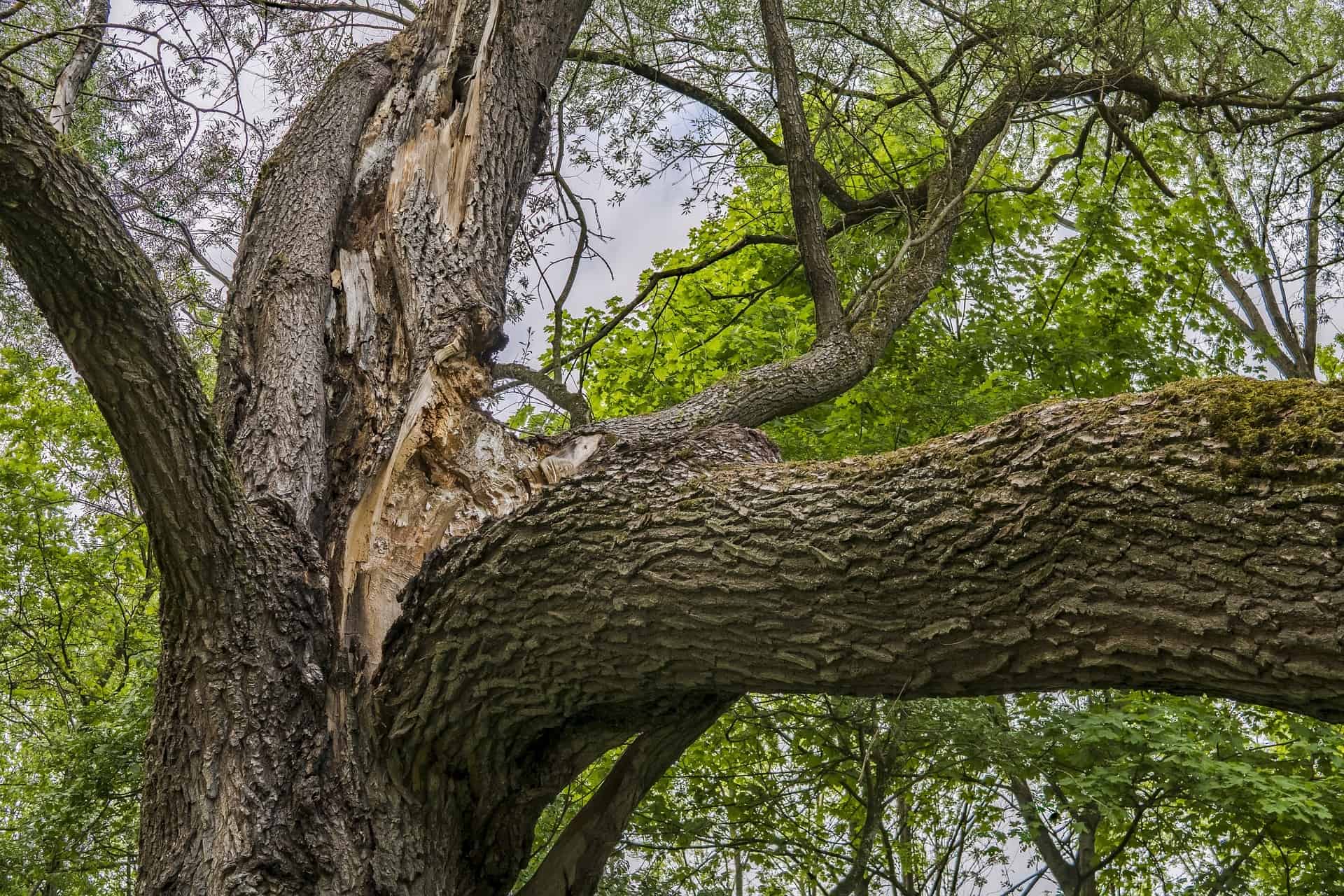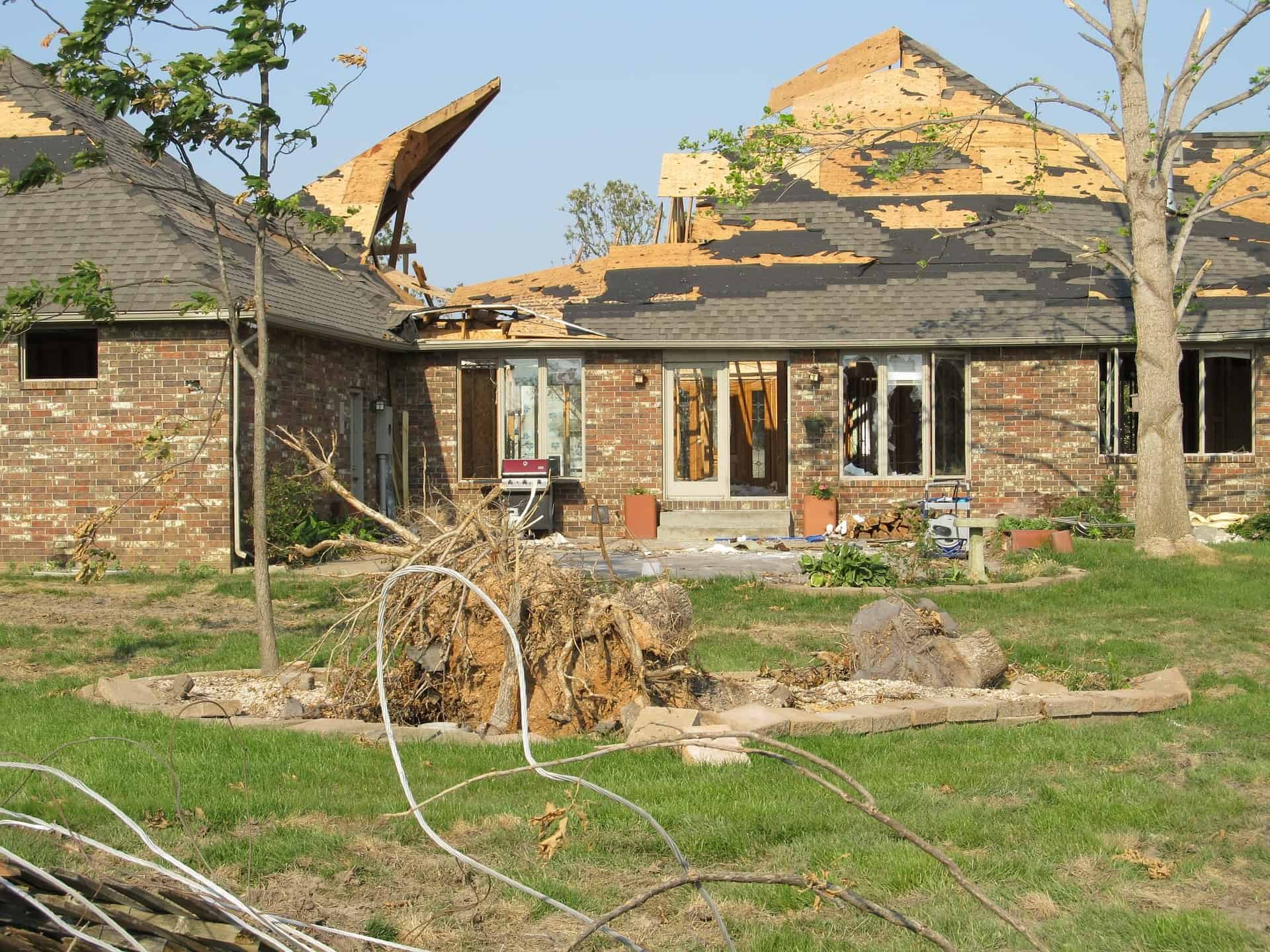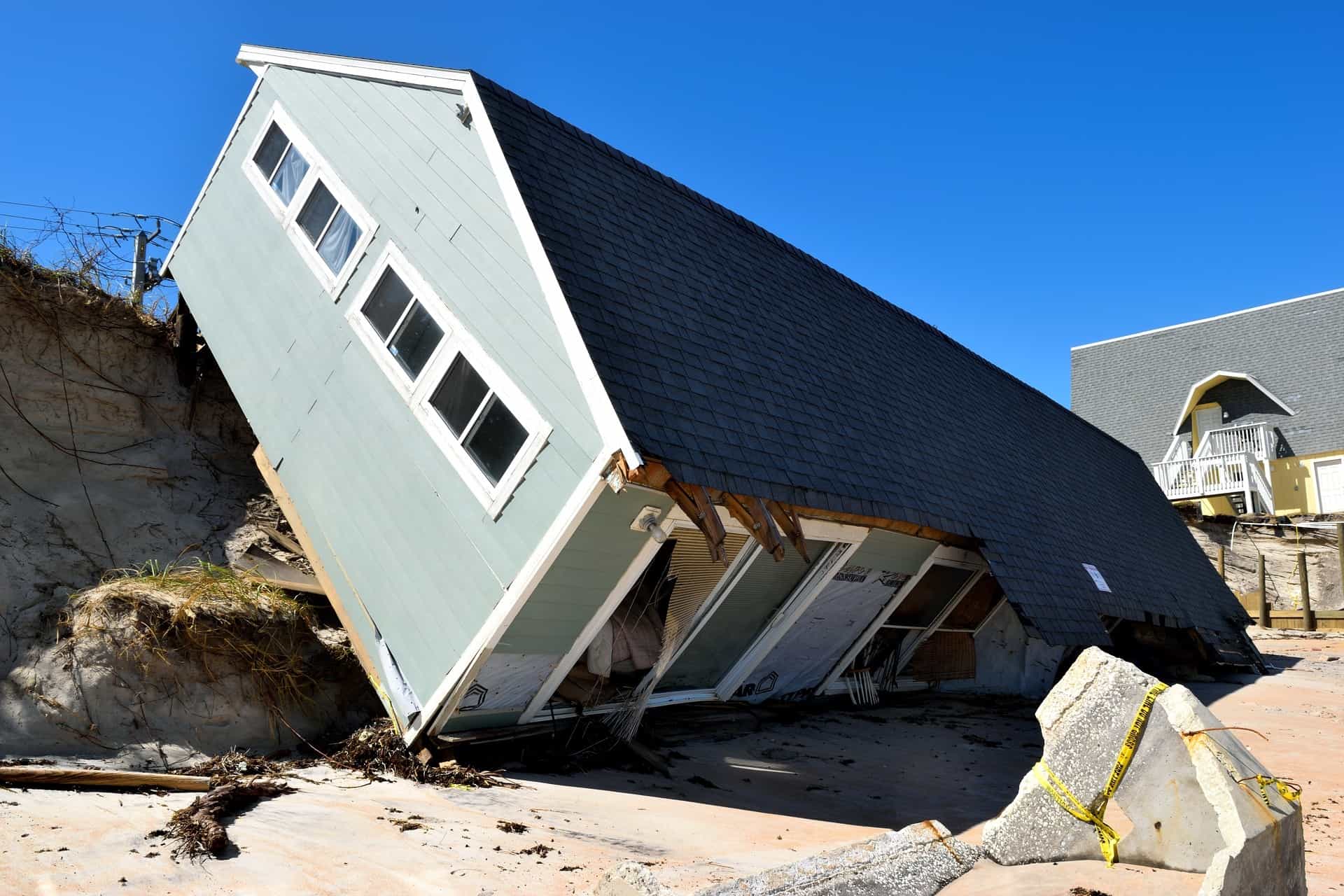
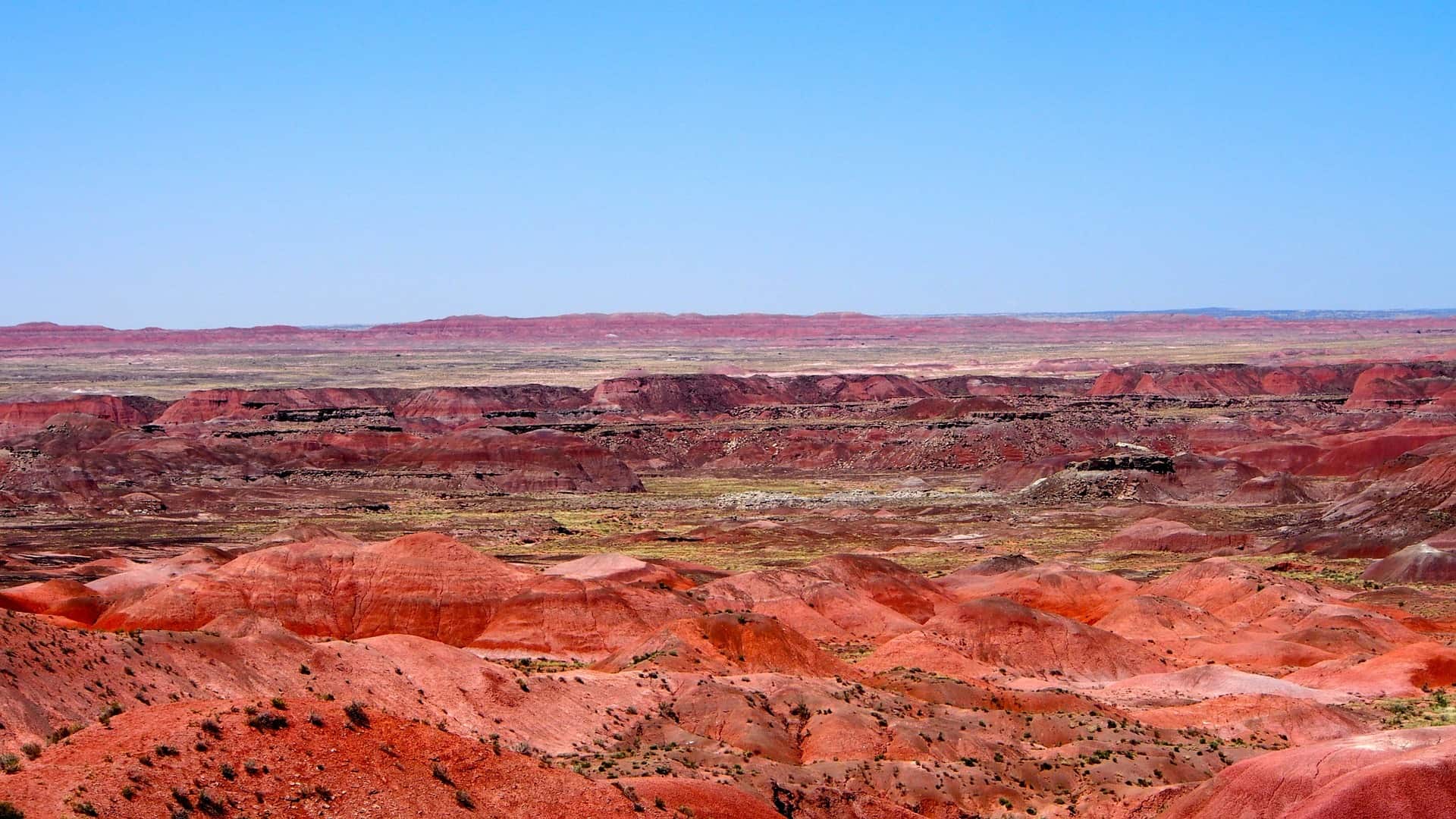
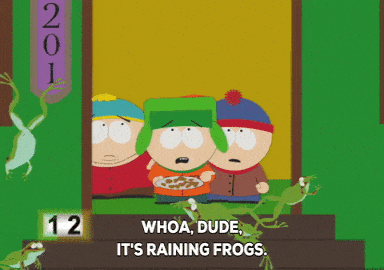
Tornadoes Happen Fast
Supercells, Funnel Clouds, and Tornadoes — Oh My!
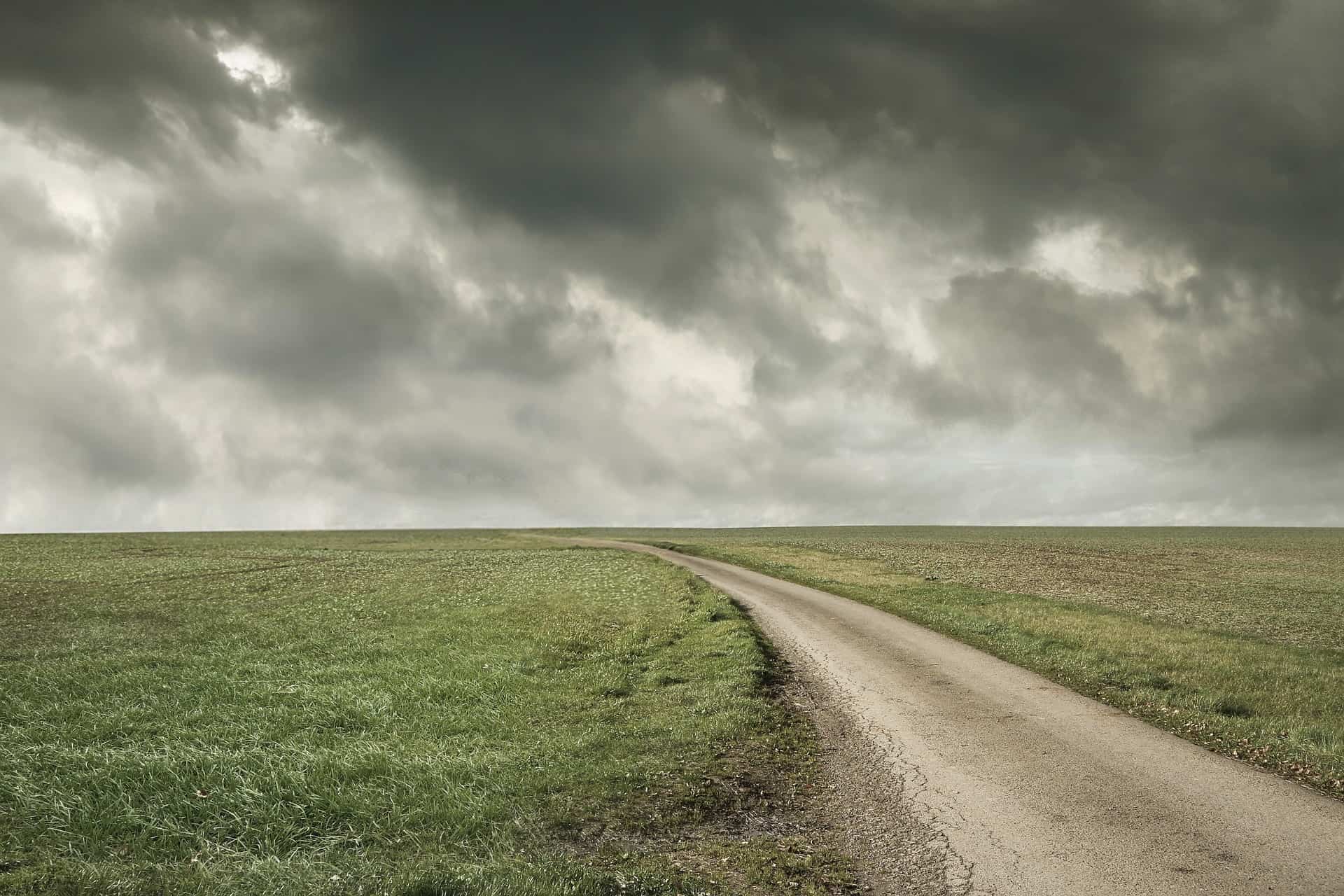
How Tornadoes Form
Tornadoes are born from a thunderstorm, with warm moist air moving up from the Gulf of Mexico and cool dry air flowing down from Canada. When these opposite air systems collide: They make the atmosphere unstable. Hot air moves up and crashes into the cold air that is moving horizontally. They create a horizontal wind tunnel that shifts vertically with a massive push of warm air.
Tornadoes also referred to as twisters, are ferociously spinning columns of air in the shape of a funnel that extends all the way from the dark thunderclouds in which they originate to the ground. A tornado’s wind speed can reach 250 miles per hour; that is faster than a race car. These violent gusts have the power to demolish bridges, topple trains, and send automobiles flying. They have also been seen to remove tree bark and drain a riverbed of all its water.
The cold air forces a rapid drop in temperature and the winds kick up. And inside all this action a funnel cloud forms, dropping from the sky. But the crazy part is: This churning wind tunnel doesn’t become a tornado until it hits the ground. Sometimes they appear as a long thin columns.
Other times you feel the wind shift and a change in the air pressure that makes your ears pop before you realize it’s a tornado.
Types of Tornadoes
There isn’t just one kind of tornado. Oh no. Mother nature is much more creative.
1. ROPE
As the name implies, this funnel looks like a long thin rope dropping from the sky. Rope tornadoes usually disappear quickly, but they can hang out and cause damage. Although rope tornadoes may look weaker than much larger ones, some get more intense as they narrow and tighten!
2. CONE
You guessed it: This one looks like a cone. It’s wider at the top where it forms in the thunderclouds. Cone tornadoes tend to cause more damage than their kin, the rope tornado.
3. STOVETOP
This formation, similar to the cone tornado, can also occur. The difference is: A stovepipe tornado is the same width from top to bottom. It looks more like a wall.
4. WEDGE
When the sky looks like it’s dropping, and the tornado appears to be wider than it is tall, be prepared because this is a wedge tornado. The bad news is that this type typically does the most damage. Remember El Reno, Oklahoma? That was a wedge tornado and the widest ever recorded at 2.6 miles!
5. MULTI-VORTEX
At times the massive spinning force inside a supercell thunderstorm gives birth to more than one spinning demon. Multi-vortex storms usually let a few rope tornadoes drop down to earth. Every once in a while, the storm will manufacture two independently spinning clouds that cause widespread damage. This second tornado is called a “satellite tornado,” and these are rare.
6. SPOUTS
Waterspouts and landspouts develop without the need for a thunderstorm. Even though a waterspout is technically a tornado, it doesn’t count until it hits land. Best of all: Spouts are generally short-lived.
How Tornadoes Are Rated
Windspeeds: 65 to 85 mph.
What happens: Some damage with pieces of roofs torn off and branches getting broken off of trees — shallow-rooted trees get pushed over.
Windspeeds: 86 to 110 mph.
What happens: Moderate damage. Roofs get completely ripped off of houses, and motorhomes get turned over. There’s lots of broken glass with doors and windows breaking, and getting thrown into the air like so much debris.
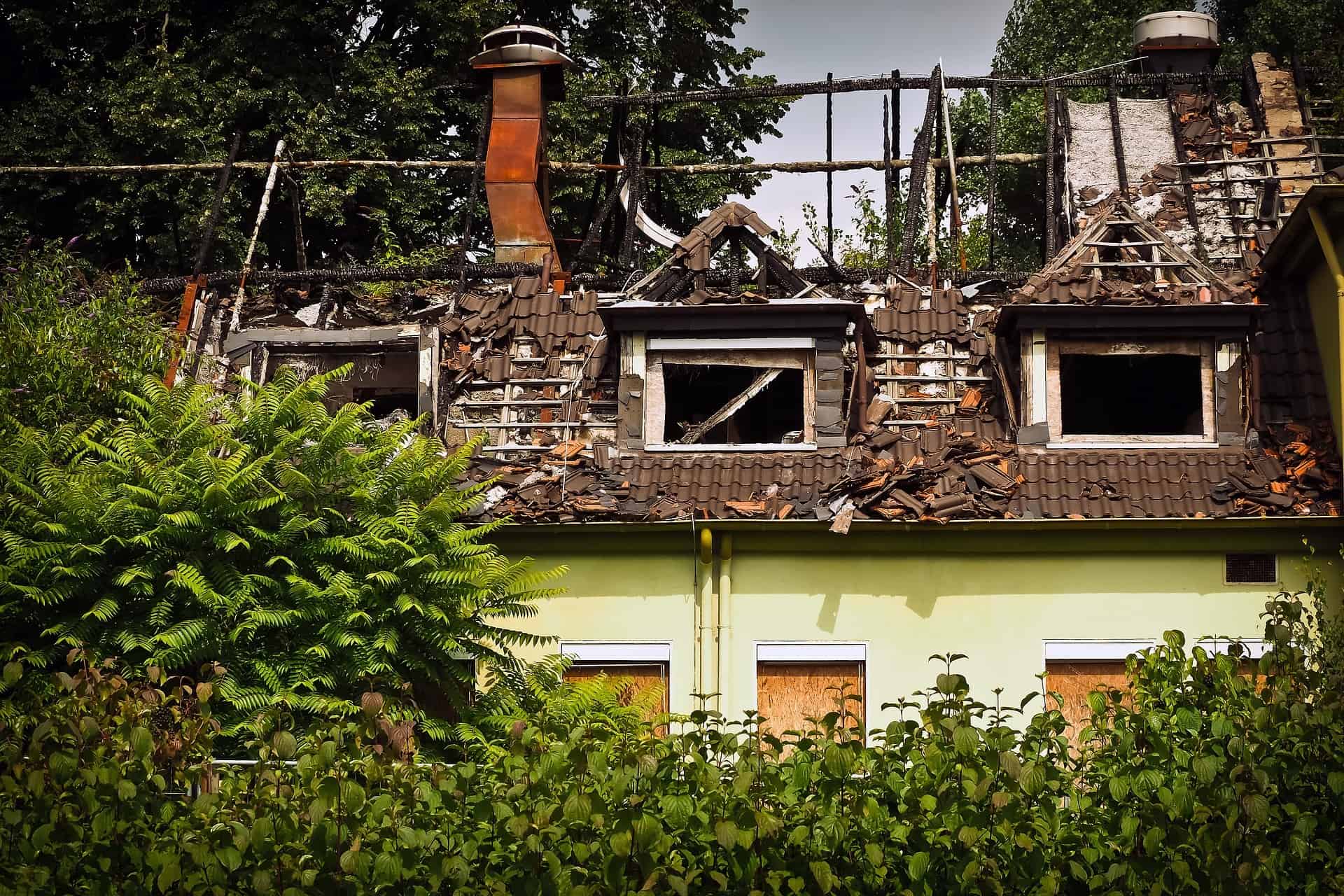
Windspeeds: 111 to 135 mph.
What happens: Considerable damage. Even the best-constructed homes will get their roof ripped off. The foundations of framed homes can shift and mobile homes can be totally destroyed. Large trees are snapped or uprooted. Light objects become missiles and cars lift off the ground with the wind’s force.
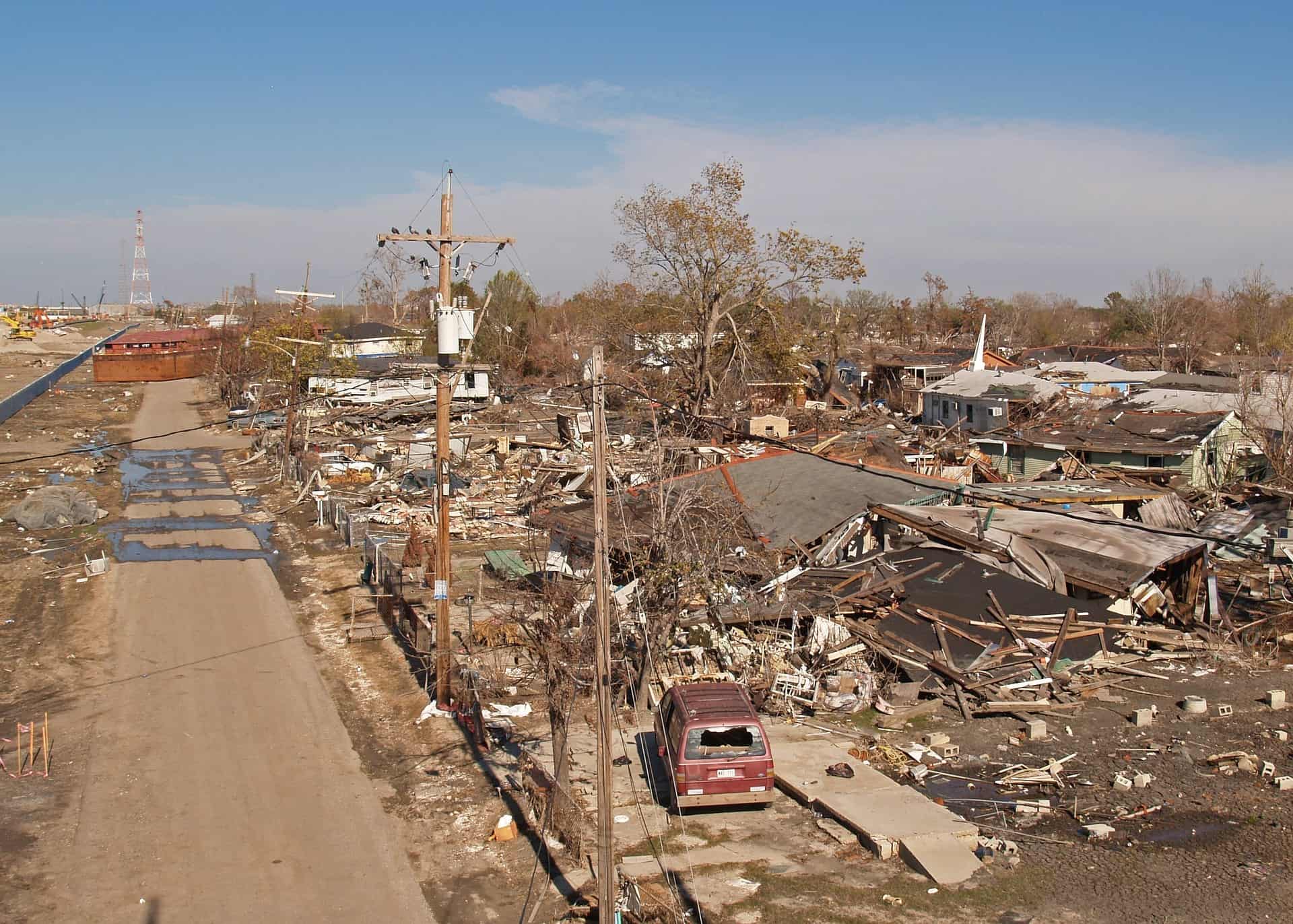
Windspeeds: 136 to 165 mph.
What happens: Serious damage. Whole houses get destroyed. There’s damage to large buildings such as shopping malls and schools. Trains may flip over, and trees get stripped of their bark. Even heavy cars are lifted and thrown. The force is enough to destroy structures that aren’t storm-proofed.
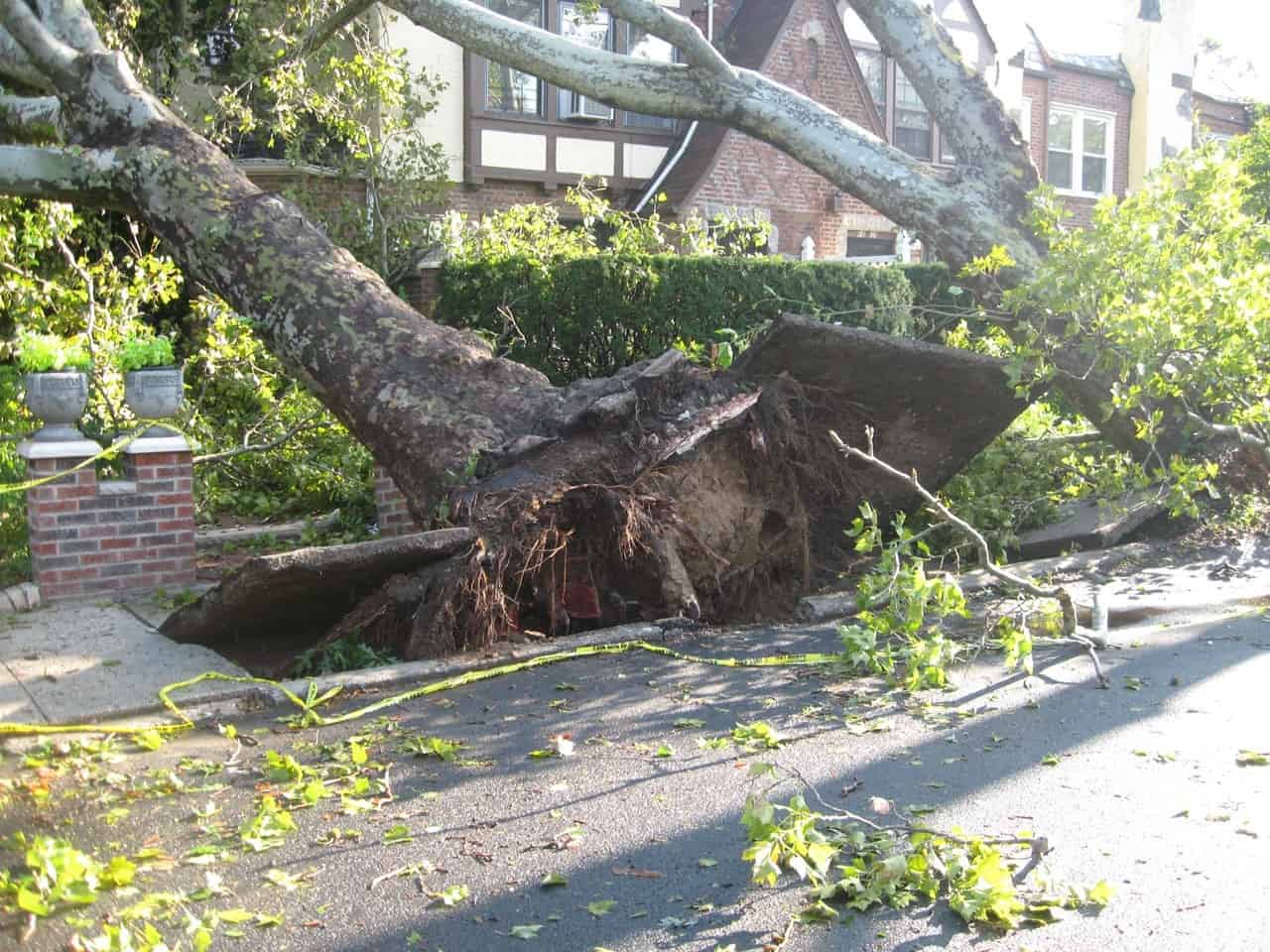
Windspeeds: 166 to 200 mph.
What happens: Devastation happens, leveling houses to their foundations, and cars become bombs shooting through the air.
Windspeeds: Over 200 mph.
What happens: Shock and awe. The kind of incredible damage that destroys everything. Phenomena will occur such as a water hose impaling a tree trunk.
Tornado Alley
Severe Weather Warning
“Outside the rain began to pour in sheets, and the wind howled. Giant pieces of hail began to pelt the building, banging off the skylights so hard that Simpson worried the glass might shatter. Then, as it had earlier in the day, the wind briefly let up. It was then Simpson heard a sound she had dreaded, a sound she couldn’t believe she was actually hearing. It was 2: 40 p.m. and the tornado sirens in Moore started to wail.”
― Holly Bailey, The Mercy of the Sky: The Story of a Tornado
Warning Signs That a Tornado May Develop
- A dark, greenish-colored sky
- The wind may die down — the air is still
- Everything is quiet — even the crickets stop chirping
- Next comes large hail
- Then, a loud roar similar to a freight train
- Finally, there may be wall clouds or an approaching cloud of debris
Thankfully, tornado warning systems are way more advanced than they were in the 1970s. And you won’t believe this: Still, the average time between a tornado warning and it touching down is estimated at 13 minutes! You can see why advanced preparation and having a plan will save your life.
So, here we go.
The National Weather Service is Your Friend
The National Weather Service tracks storms that they fear will turn into tornados. Here’s what you need to know:
Tornado weather is unpredictable. So these severe storm warnings don’t always turn into the worst-case scenario.

Tornado Watch
A tornado watch issued by the National Weather Service may cover parts of a state or have a further reach over several states, depending on the size of the storm system. If a watch is issued, it means it’s time to prepare for severe weather and stay tuned.
Tornado Warning
On the other hand: A tornado warning means there’s a serious threat and it’s time to take shelter and implement your plan. No debate, witnesses have spotted a tornado, or they’ve seen it on the weather radar. Not only that: A warning will go out to all the areas that are in the storm’s path. If you hear a tornado siren, take cover immediately. You don’t have much time for debate.
The safest place to be in a tornado is underground in the basement, a root cellar, or a tornado shelter.
Tornado Plan
Unfortunately, not all of us have a place we can quickly get to, underground. Not to mention: We may not be home. So we need a plan regarding what to do in a tornado.

What To Do in a Tornado
Like my quick-thinking parents, who knew exactly what to do in a tornado, you can make a plan ahead of time that will keep you and your family safe. First of all: It’s wise to listen to NOAA Weather Radio or tune in to local weather on your phone, television, or another device to keep updated.
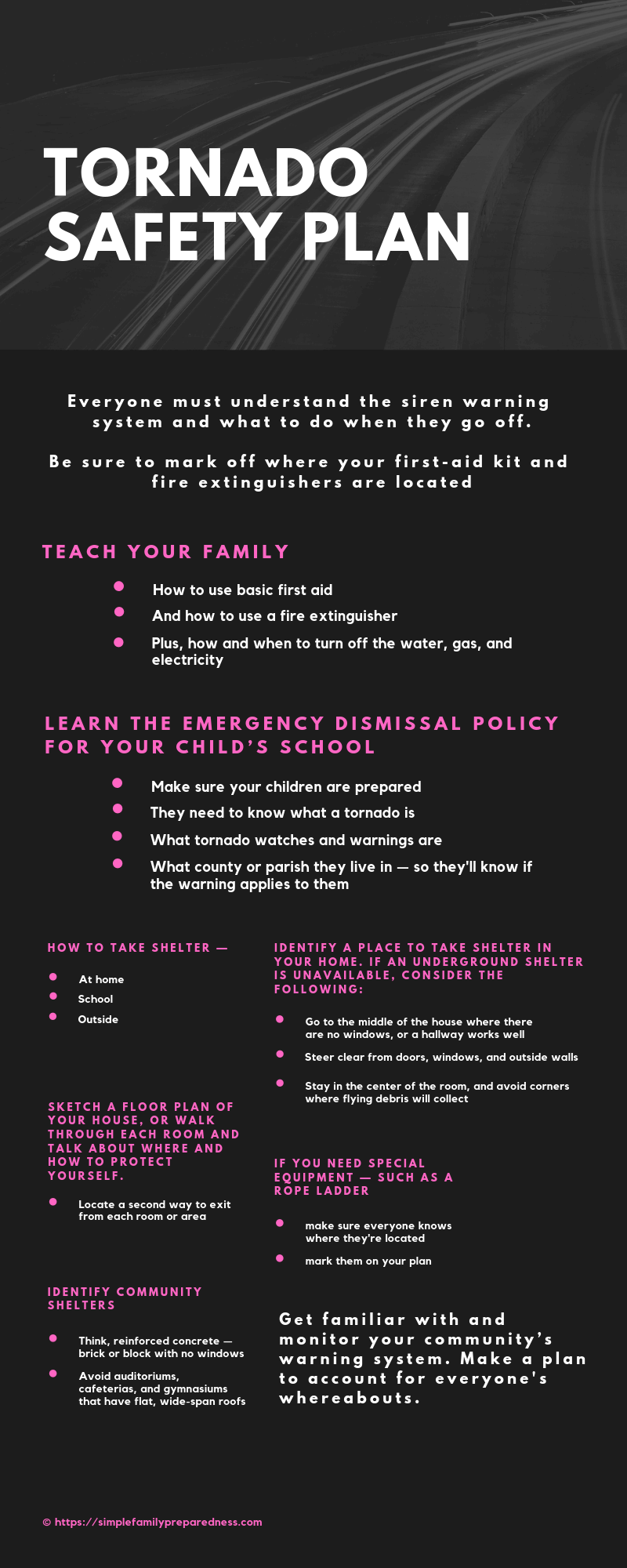
Emergency Preparedness List
Know where to tune in to local broadcasting for emergency broadcast information. Think about it: You can also download several emergency preparedness APPs ahead of time, such as the Family Locator. Here’s what you want to do: Prepare a master list with all of the information you need and share it with your family, so everyone knows what to do if you lose track of each other during the event.

Everyone can use this list to load the information into their cell phones.
What to Do in a Tornado in a Car or Outside
If you’re outside: find a ditch.
DO’S
If you’re outside and there’s no cover:
- Find a ditch or a place that’s lower than the rest of the ground
- Lie face down and cover your head
- Pay attention to flooding
If you’re in a mobile home: Get out, even if it’s tied down Even if that means seeking refuge outside.
If you’re home and it’s not a mobile home:
- Go to a pre-designated area such as the hallway, basement, storm cellar, or the lowest level of the building
- Stay away from windows and glass
- Get down on the floor, face down, and cover your head
- Cover the back of your head with your hands
Listen to NOAA Weather Radio, regular radio, or television for tornado updates.
- Battery-powered devices are the best, in case the electricity goes out
- Keep a cell phone charging station handy
Use a flashlight if it’s dark
DON’TS
- Don’t panic. A clear head can save your life
- Don’t open the windows in your home
- Do not use elevators
- Don’t go to the southwest corner of your shelter. Most tornadoes approach from the southwest
- Do not light candles, even after the storm has passed. There may be a ruptured gas line
- Don’t use your car as a shelter
- Don’t park under an overpass
It’s more dangerous under the overpass than on open ground because of the wind-tunnel effect which causes the wind to move even faster.
Did I mention: NEVER park beneath a bridge or underpass?
What to Do After a Tornado
You’ve been through a tornado and if that’s not enough: Remain cautious because there is still danger everywhere. The water may be contaminated. Power lines are down, and you want to make sure that the storm has indeed passed.

Case in point: My aunt popped out from beneath our mattress shelter too soon because she needed a smoke and we all thought the storm had passed. She watched the roof get torn off the house as the third tornado hit, and was nearly struck in the head as a kitchen bowl flew by.
But she lucked out:
Not everyone will be so fortunate if they don’t proceed with caution.
Know Where To Seek Help
You’ve prepared ahead of time, so you know where to seek help because you have all of the emergency numbers. But that’s not enough: Once the tornadoes are gone, there’s a lot of clean up, and likely, injuries.
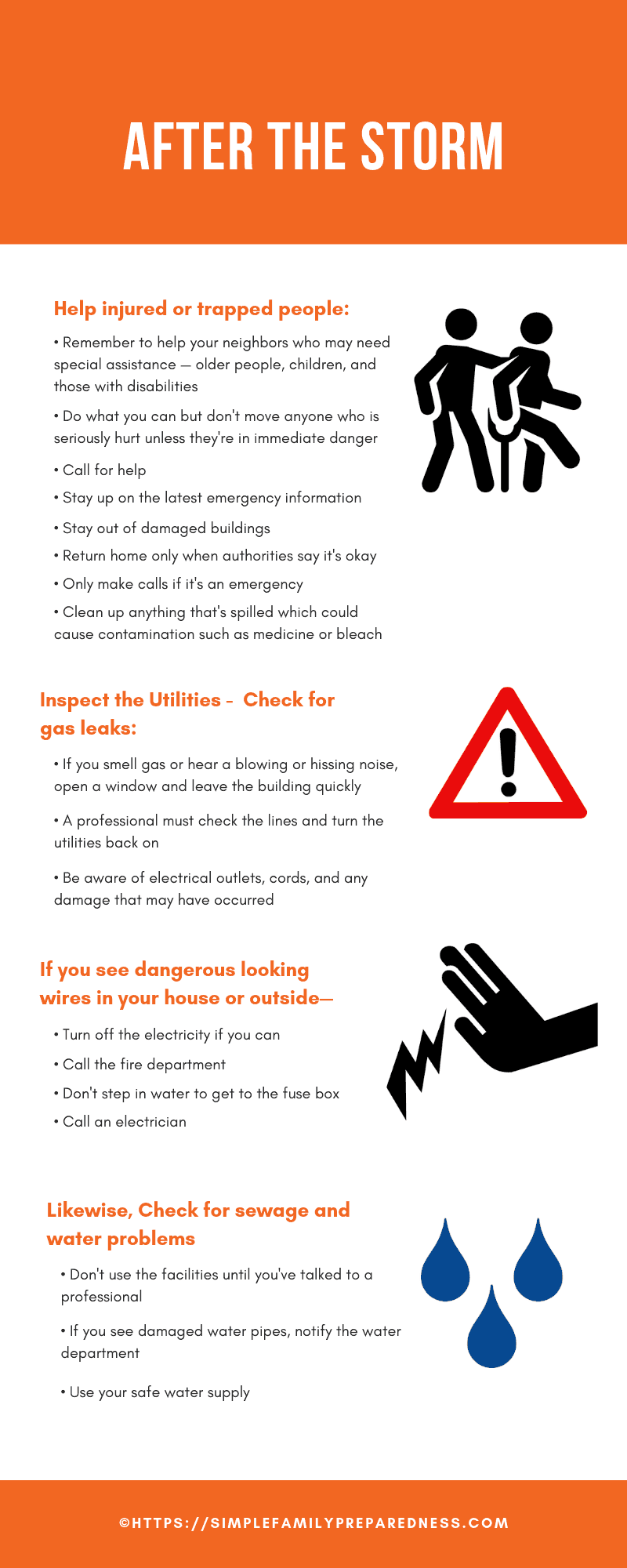
Stock Up, Make a Plan and Share It with Your Family

When the tornado is no longer something in your imagination and the time comes, be fearless and ready. Keep a well-stocked pantry with lots of can goods and non-perishable items. Here’s our personal list of favorite foods to keep stocked for an emergency!
Another thing to remember is: Make sure to store at least one gallon of water per person per day for three days, for drinking and personal use. Don’t forget your pets. That’s simple family preparedness, my friend. If you do run out of water, it’s handy to have water purification tablets on hand as well.
“Tornado or no tornado, a girl from Kansas doesn’t let much get to her.”
-Danielle Paige, Dorothy Must Die
Neither does a girl from California, for that matter.
Have you ever experienced a tornado? Do you live in tornado alley? Leave any tips you have in the comments!
Becky is a wildlife enthusiast and pet and livestock care expert with a diploma in canine nutrition. With over a decade of experience in animal welfare, Becky lends her expertise to Simple Family Preparedness through insightful info about pets, livestock, bee keeping, and the practicalities of homesteading.


